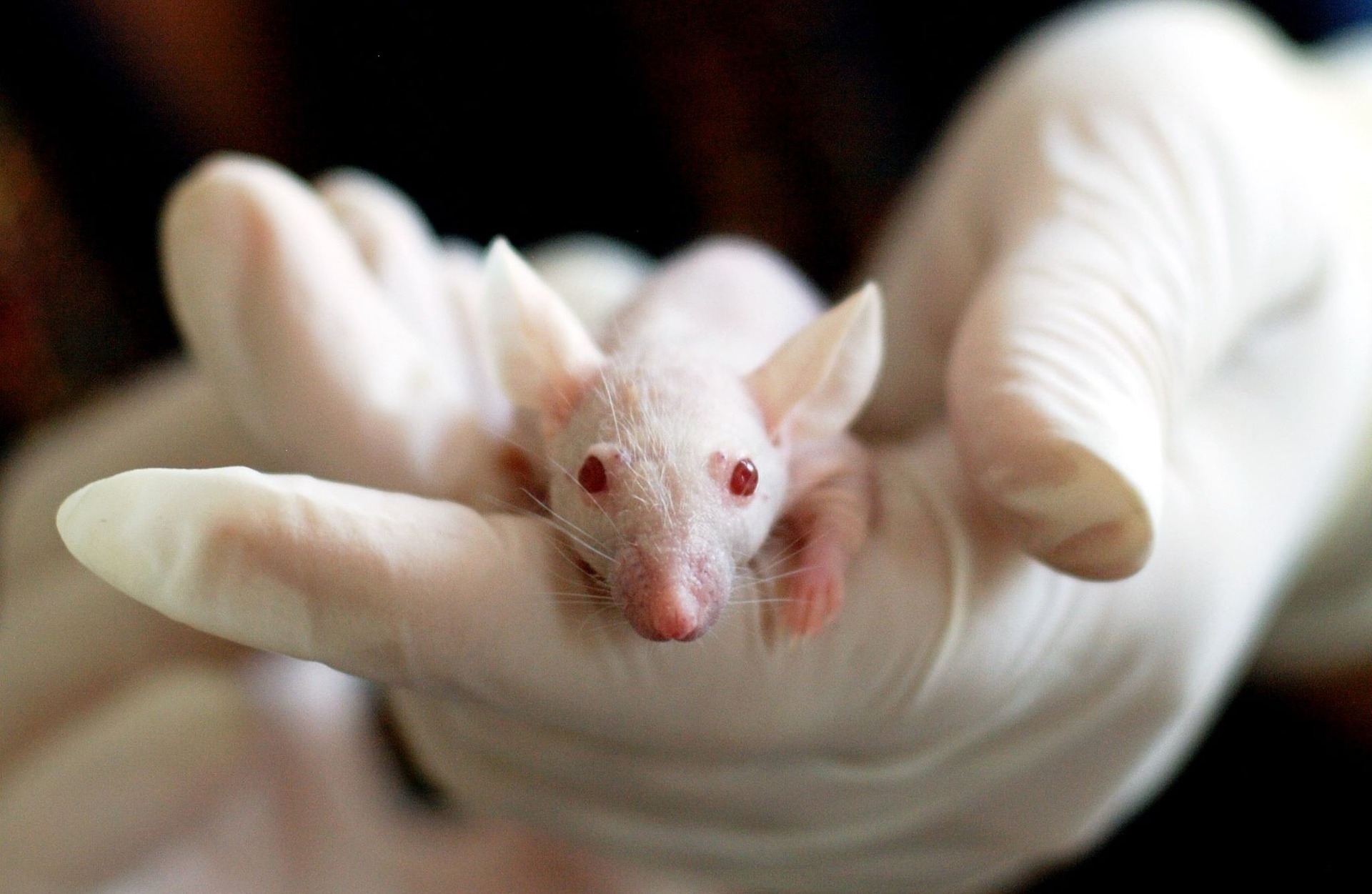Advancement in 3D-Printing technology is getting more exciting by the day and harbours hope for improvement in many areas of the world’s problems that require breakthrough innovation to fix. One such area is medicine, where we are now seeing the rise of Bioprinting — the three-dimensional printing of biological tissue and organs through the layering of living cells.
The technique is not so different from 3D printing. Instead of regular ink, bioprinting uses cells and hydrogels able to carry cells which act as a biological ink — bioink. Thus, this technology could be key to solving the problem of organ shortages.
The global 3D bioprinting market is growing rapidly. PR Newswire recently reported that in 2018 it was valued at USD 385.56 million and is expected to register a CAGR of 25.36% during the forecast period (2019-2024).
They also stated that “the primarily growing bioprinting applications include 3D bioprinted tissue and hair follicles, as they are very beneficial to cosmetics companies, especially in Europe, where animal testing for cosmetics was banned in 2013. For a cosmetic company, the advantage will be the ability to economically and ethically test products (i.e., not on animals) across varying skin types, for more accurate results.”
Unfortunately, animal testing has been a necessary evil for our advancement in medicine as it is crucial for measuring the efficacy and safety of new treatments.
However, using bio-printed organs that could use a patient’s cells to offer a more personalised medicine could prove far more effective in finding an effective treatment than testing on another species — most commonly the long-suffering rodent.
Bioprinting could reduce animal testing in the cosmetic industry too. L’Oreal, for example, has been working with the US biotech Organovo to create bioprinted human skin for testing their products.
Bioprinting is still in its early stages and there are no studies that compare animal models to bioprinted models. However, as the market’s predicted growth suggest and the rise in players wanting a piece of the industry, we are likely to see huge advancements in the area in the coming years. Not to mention the fact that bioprinted materials have the potential to offer personalised medicine and a more affordable, ethical and environmentally friendly route to treatments.


